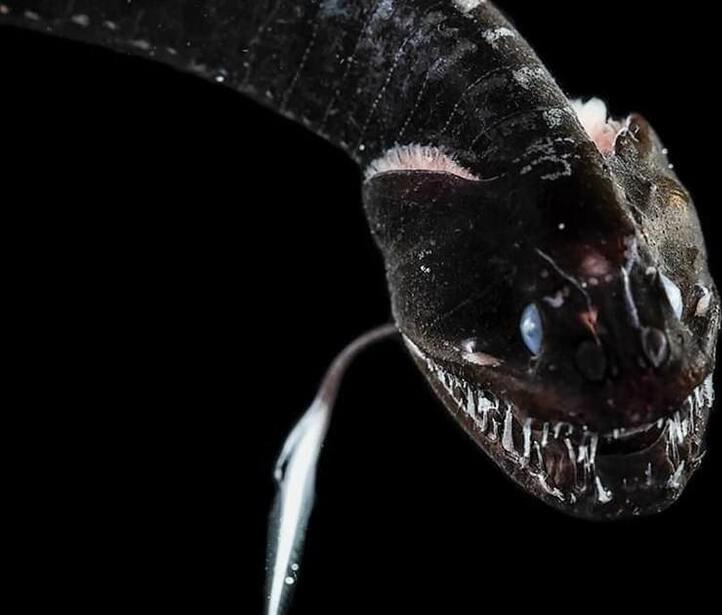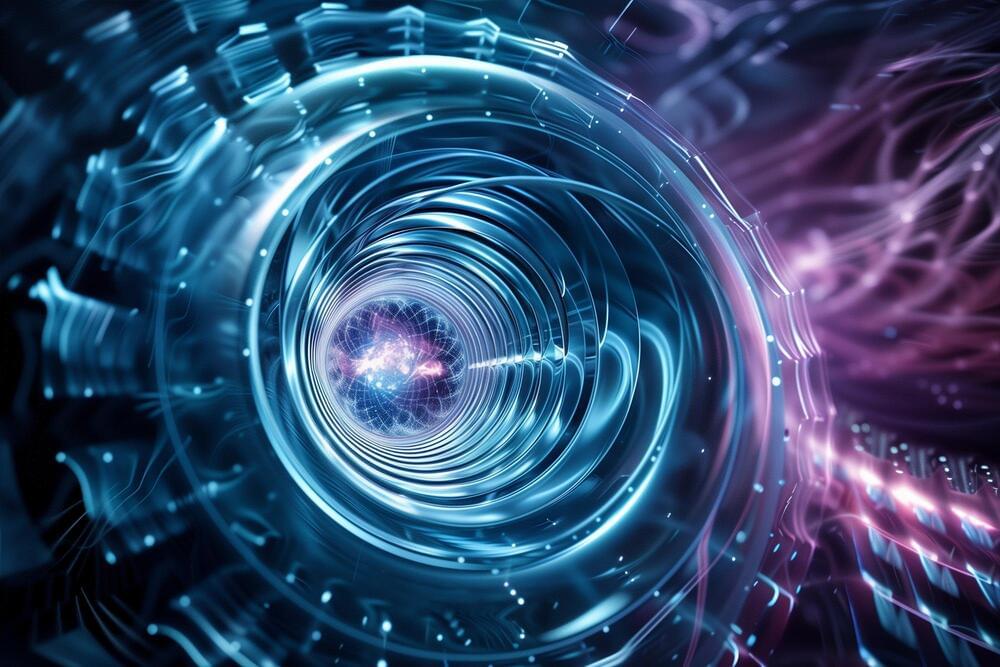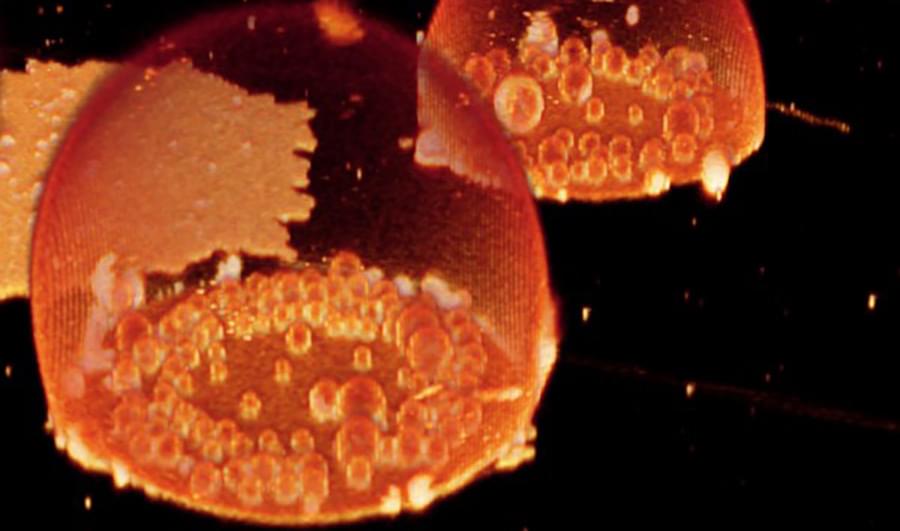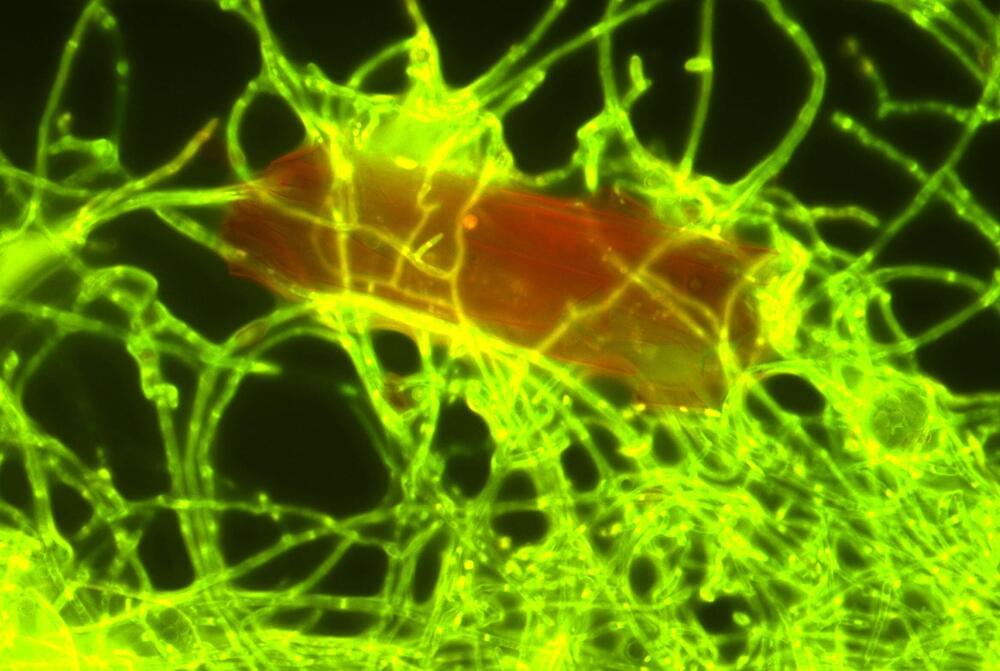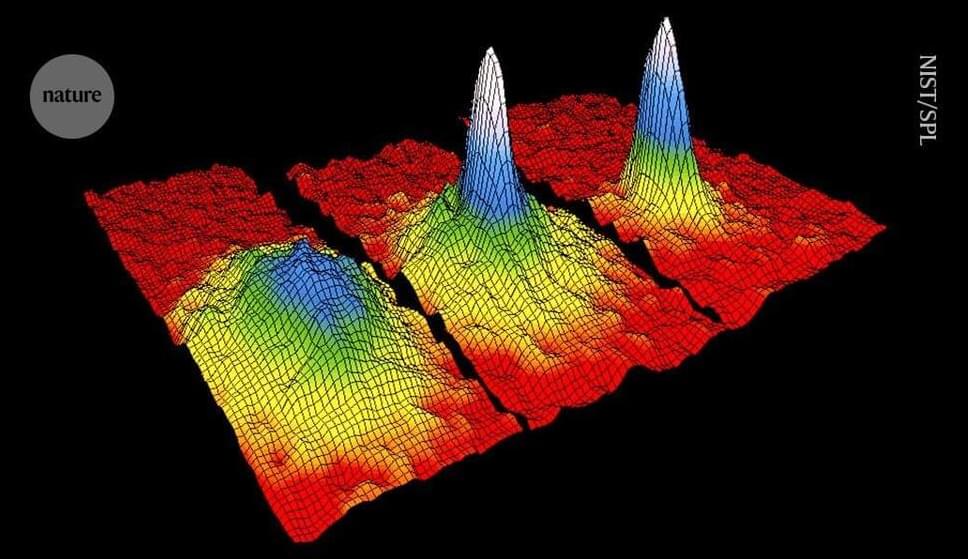A crested bigscaleCredit: Karen Osborn/Smithsonian
“But what isn’t absorbed side-scatters into the layer, and it’s absorbed by the neighboring pigments that are all packed right up close to it,” Osborn told Wired. “And so what they’ve done is create this super-efficient, very-little-material system where they can basically build a light trap with just the pigment particles and nothing else.”
The result? Strange and terrifying deep-sea species, like the crested bigscale, fangtooth, and Pacific blackdragon, all of which appear in the deep sea as barely more than faint silhouettes.
